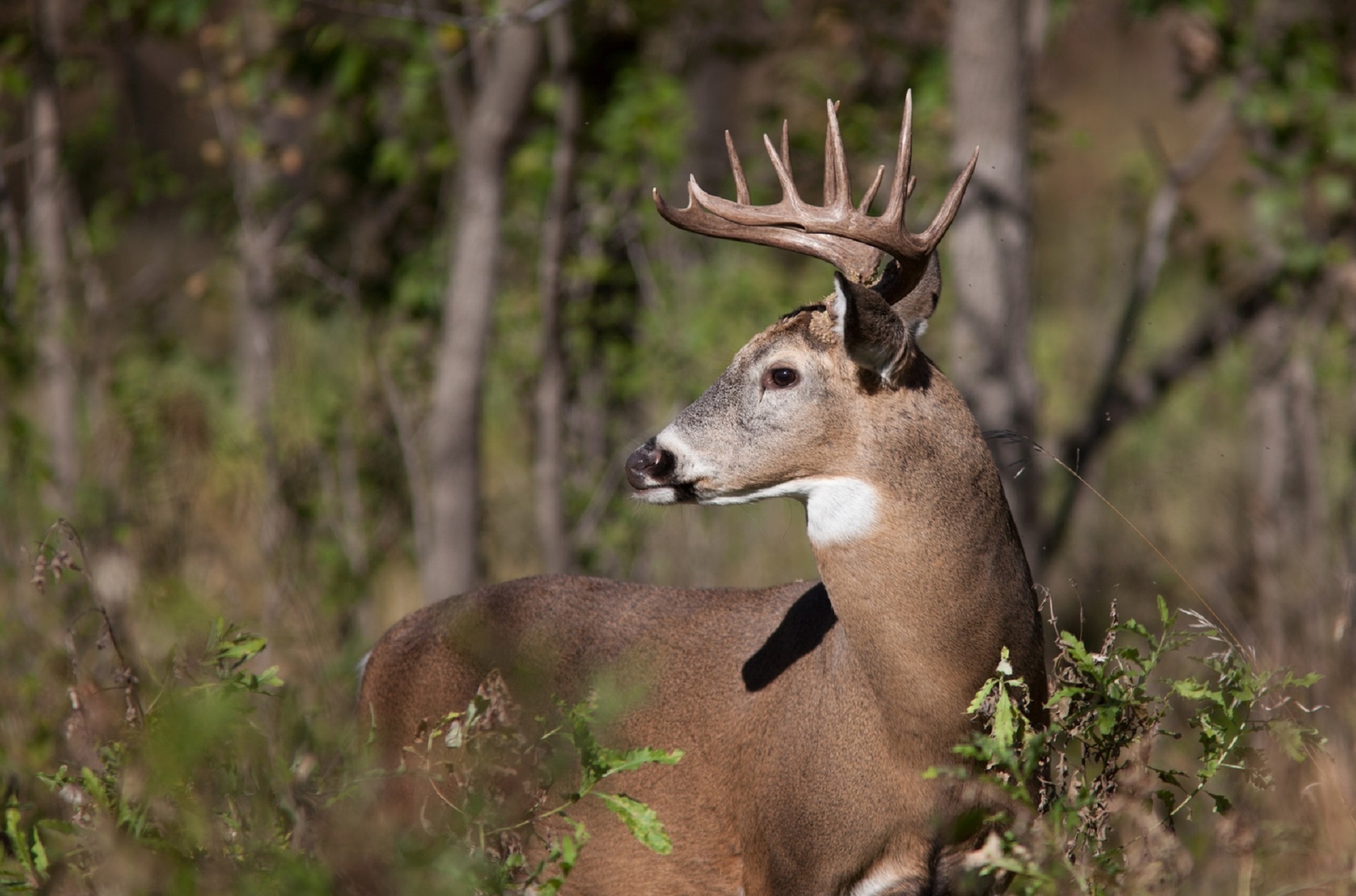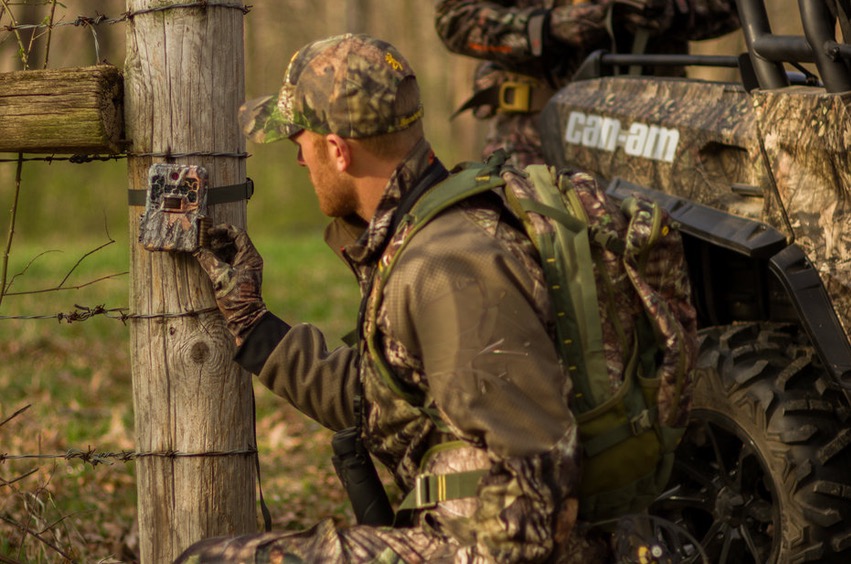FIRST DIBS
Instead of waiting for the rut, hunt big bucks in the early archery season
Advertisement
#6 SEARCH FOR ACTIVE SCRAPES
Hot scrapes are the best buck magnets for pre-rut hunts, as they’re the primary hub of deer communication until the first does come into heat. Scrapes allow mature bucks to stake their home turf, as well as check out the competition. As does near estrous, they’ll also be drawn to the urine-soaked, torn-up turf, upping the ante considerably with the addition of their scent.
Advertisement
Active scrapes become more and more alluring to all nearby bucks as testosterone levels continue to rise. But be picky—not all scrapes are created equal, especially when it comes to action during the daylight hours. There’s no point in popping up a stand over a scrape that’s in an open field or a scrape that can be seen from a distance. Mature bucks will only work those more exposed scrapes under the cloak of darkness.
Instead, key in on scrapes that are hidden well back in the forest, or those that are tucked along the fringe of dense cover bordering a bedding area. The best active scrapes are primary scrapes—the bigger, the better. The true gems measure at least three feet by three feet, and they’re hit by multiple deer in the core of a buck’s home range. Even better, find a scrape smack dab in the middle of a hardwood ridge that’s carpeted in acorns. A spot offering a favourite food source, shelter and evidence of a dominant buck is ideal for early bow season.
When you find an active primary scrape, set up a trail cam downwind at least 15 metres away (above). Opt for a no-glow or black infrared LED model to avoid educating any bruiser bucks about your presence—the last thing you want your reconnaissance to do is make a buck reluctant to return to the scrape. (You can tell if your trail cam has been discovered if the deer are staring at it in the photos.) If you capture daytime images of a target buck working the scrape, get into your stand as quickly as possible, being careful not to touch the licking branch or disturb the scrape in any way.
Advertisement
Rubs are also great indicators that a buck’s working your woodlot. Since bucks rarely rub the same tree more than once, however, they’re not nearly as reliable an attractant as a primary scrape. If the rub is on a big tree, take heart—only big bucks rub big trees.


